Long-Distance Trade Routes
Long-distance trade routes connected the far-flung communities of humanity, linking us like lights strung over a darkened map. Studying these trade routes using these lessons and resources will help your students understand how commodities moved from place to place. But it will also reveal the routes that moved culture, technology, and new ideas across economic networks.
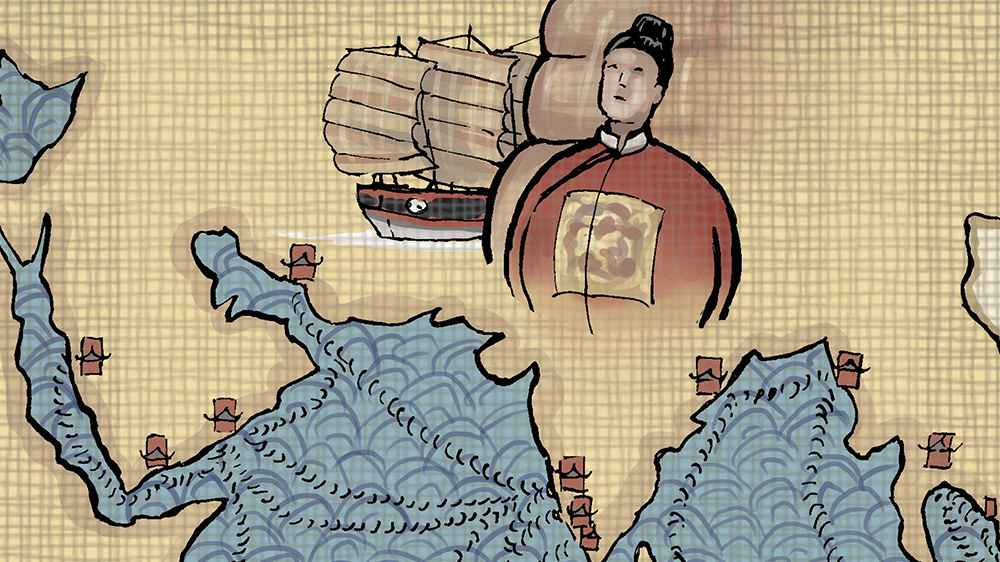
Are you a teacher? Click here to view the Teaching Tools for this topic
Featured Materials
Indian Ocean Trade Routes
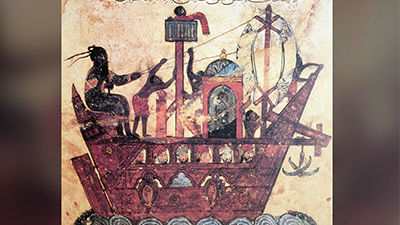
Article
Indian Ocean Trade Routes
From 1200 to 1450, the Indian Ocean was the center of world trade. The world’s largest empires traded in this diverse network of merchants from all over Afro-Eurasia.
Long-Distance Trade in the Americas
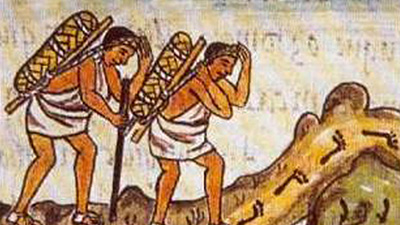
Article
Long-Distance Trade in the Americas
All societies in the Americas engaged in trade. Mesoamerica is a great place to start looking for evidence of extensive long-distance trade networks before 1500 CE.
Medieval Trade Routes Thematic Map
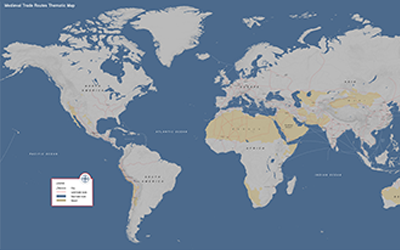
Visual Aid
Medieval Trade Routes Thematic Map
This detailed, high resolution world map features both overland and sea trade routes before 1450 CE.
Lessons
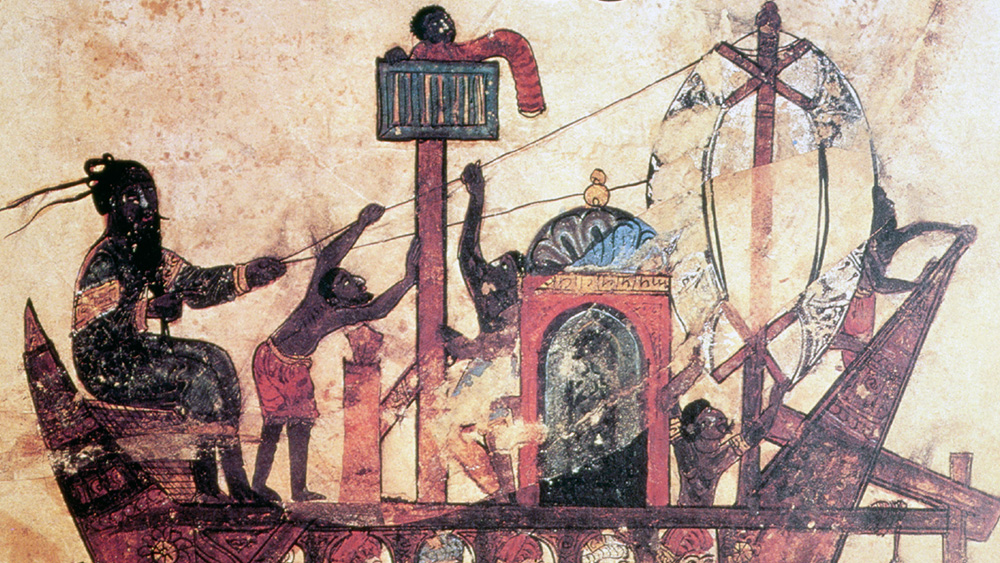
Lesson 2.3
Exchange in the Indian Ocean
Merchant ships and monsoon winds crossed the Indian Ocean, spreading goods, ideas, and new technologies across Afro-Eurasia.
View Lesson
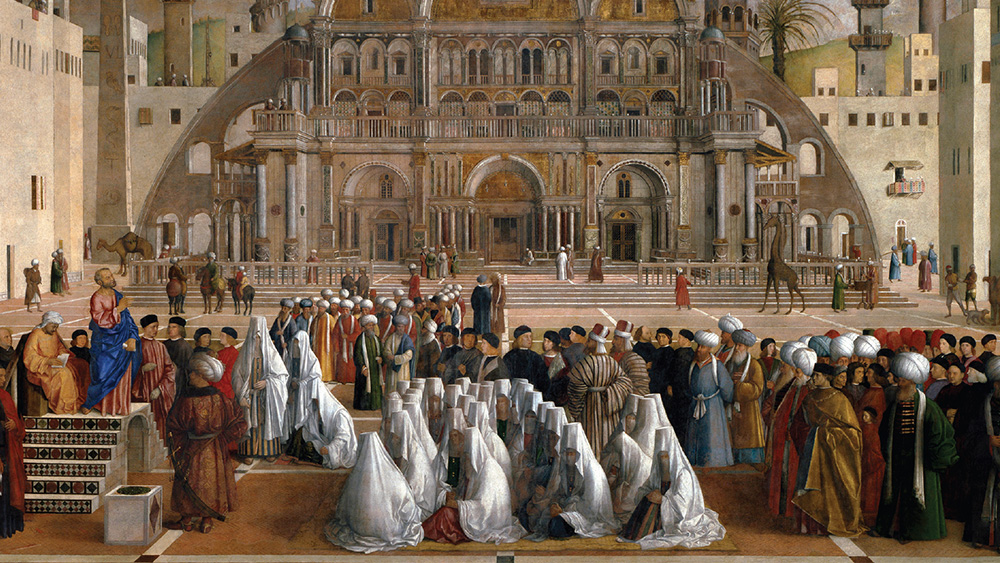
Lesson 2.5
Cultural Consequences of Connectivity
From 1200 to 1450 CE, Afro-Eurasian exchange networks shaped culture and diffused knowledge. Help students analyze and understand these cultural and intellectual changes.
View Lesson

Lesson 5.5
Expanding Connections
Agriculture gave societies the spark they needed to begin growing, but it’s trade that set us on the path to the modern world. Trade routes allowed goods, ideas, people, and diseases to spread like never before.
View Lesson
Materials
Across an Ocean of Sand: Trans-Saharan Trade Routes
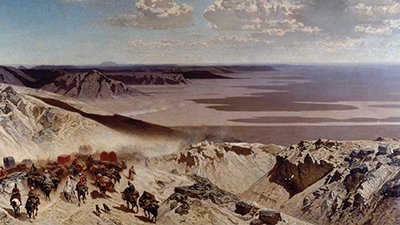
Article
Across an Ocean of Sand: Trans-Saharan Trade Routes
From c. 1200 to 1450 CE, an extensive trading network stretched across the Sahara Desert, linking the wealthy empires of West Africa to the Mediterranean Sea and Indian Ocean.
World of Chaco
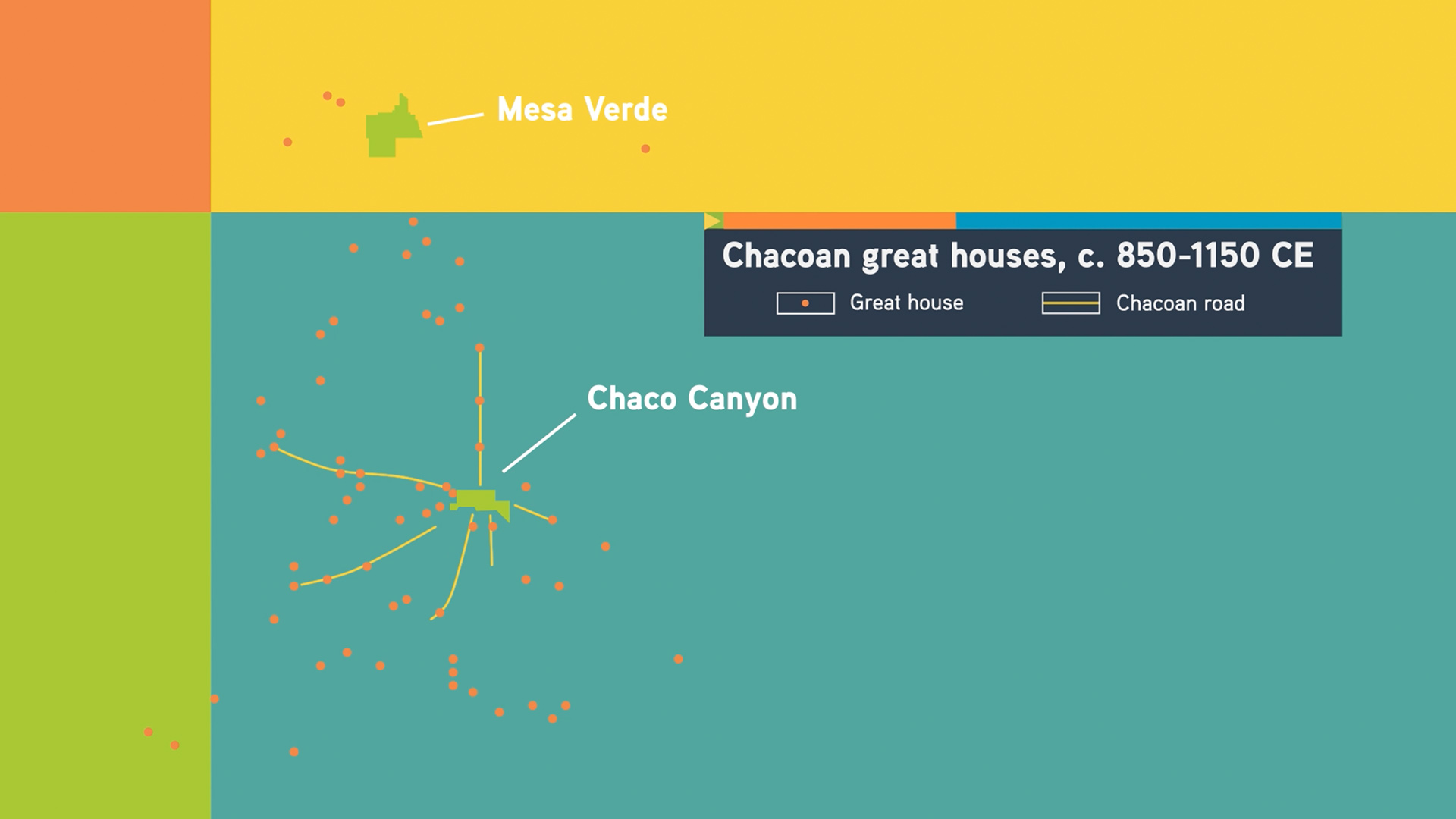
Video
World of Chaco
A thousand years ago, the Ancestral Pueblo made Chaco Canyon the center of their cultural world. Their networks stretched across the vast Colorado Plateau.
Source Collection: Networks of Exchange c. 1200 to 1450 CE
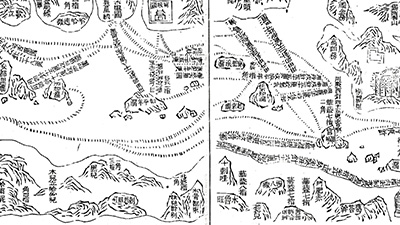
Article
Source Collection: Networks of Exchange c. 1200 to 1450 CE
People trekked over vast distances to acquire goods from far-off lands. But luxury goods weren’t the only things people traded; new ideas, technologies, beliefs, and diseases moved with them.
Yasuke
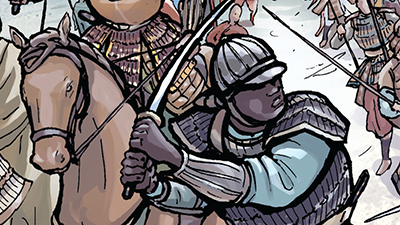

Graphic Biographies
Yasuke
Yasuke was an East African man who, for a brief period, became a powerful samurai in Japan during an era of intensifying exchange across the Indian and Pacific Oceans.
Macuilxochitl
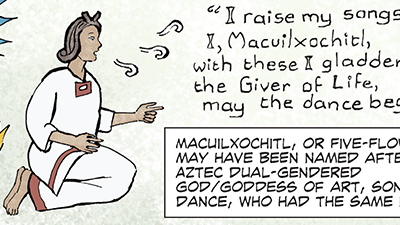

Graphic Biographies
Macuilxochitl
Macuilxochitl was a Mexica (Aztec) poetess. Her life and her poetry are evidence of the structure of the Aztec state and the networks built by the Mexica people and their neighbors prior to the Columbian Exchange.
Zheng He
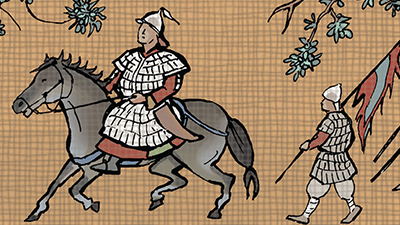

Graphic Biographies
Zheng He
Zheng He was the great admiral of the Ming Dynasty. Were his expeditions peaceful trade voyages or threatening campaigns of conquest and imperialism?
Trade, Technology, and Religion in Afro-Eurasia 1200–1450
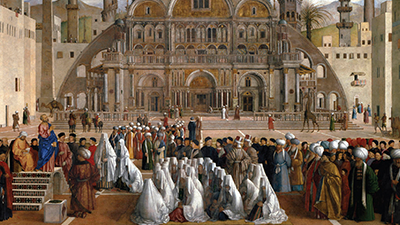
Article
Trade, Technology, and Religion in Afro-Eurasia 1200–1450
As people moved between societies, they shared ideas, including belief systems and technologies, with the people they met. A look at how those people decided what to accept, reject, or mix together points us to some important changes in this era.
Contextualization: Mansa Musa

Activity
Contextualization: Mansa Musa
An incredibly wealthy ruler, Mansa Musa both shaped and was shaped by historical circumstances. In this activity, you’ll examine Mansa Musa and his world.
Mansa Musa and Islam in Africa: Crash Course World History #16

Video
Mansa Musa and Islam in Africa: Crash Course World History #16
Increased trade led to various states expanding over new territory. These growing states would greatly influence the powerful trade networks that crisscrossed the African continent.
 Teaching This Topic
Teaching This Topic

Historical Thinking Skills Guide
Help your students develop the skills needed to think like a historian.

Professional Development Events
Check out our free, live webinars and skills clinics that connect directly to your classroom. Because you deserve PD that’s useful, energizing, and worth your time.

Teacher Blog: Insights from Educators for Educators
Find fresh ideas, classroom insights, and teaching strategies to feed your curiosity and strengthen your practice.

Community Forum for Teachers
A vibrant, welcoming community that celebrates teacher voices. Ask questions, get answers and ideas, and share feedback with the OER Project team.